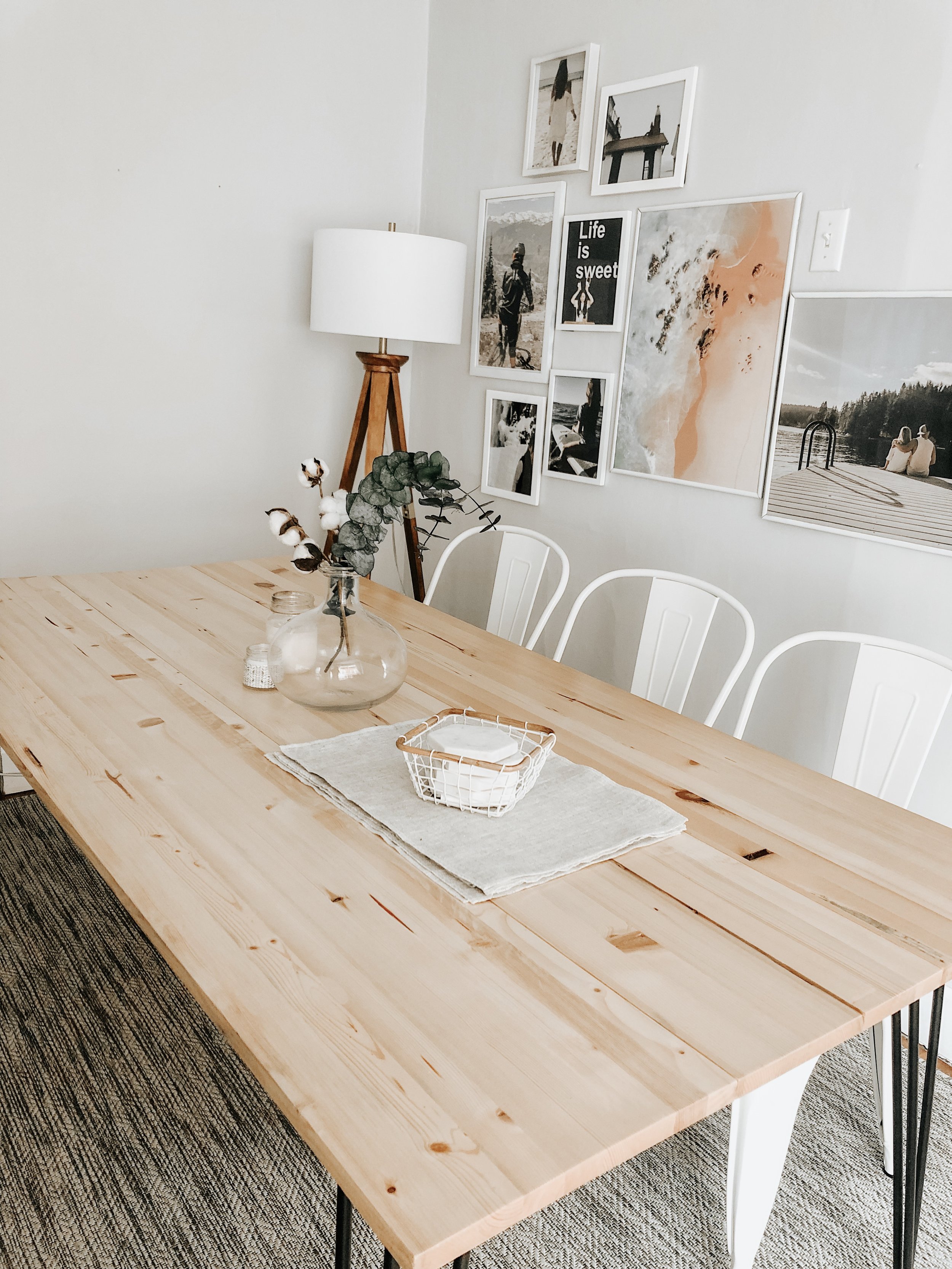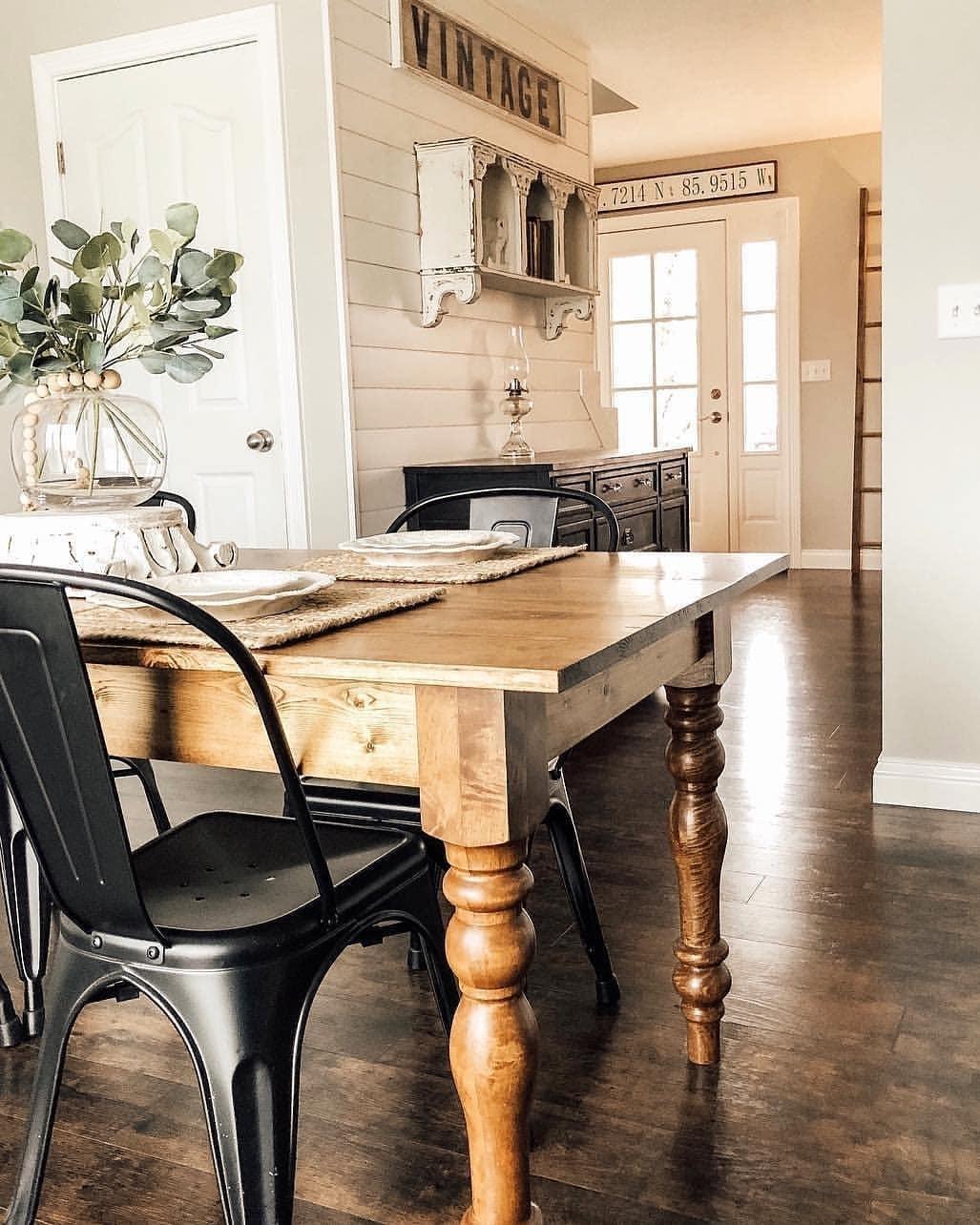Upgrade Your Furniture with Custom Dining Room Table Legs
Upgrade Your Furniture with Custom Dining Room Table Legs
Blog Article
From Typical to Modern: Locate the Ideal Eating Room Table Legs for Your Style
The option of dining space table legs plays a crucial duty in specifying the general character of your space, connecting the space between conventional craftsmanship and modern-day visual appeals. While timeless layouts such as cabriole and turned legs stimulate a feeling of timeless refinement, contemporary designs like barrette and geometric alternatives offer a possibility for striking aesthetic passion. Examining the ideal balance in between these designs calls for a nuanced understanding of your existing design and individual taste. As you think about these elements, the concern remains: exactly how can you seamlessly integrate these diverse leg designs to develop a harmonious dining experience?
Understanding Table Leg Styles
The range of eating area table leg designs can dramatically affect both the aesthetics and functionality of the area. Each leg style contributes unique functional functions and aesthetic aspects, dealing with varied design preferences and use demands. Recognizing these styles is vital for choosing the appropriate dining table that straightens with your total interior decoration vision.
As an example, conical legs use a tidy, traditional appearance that can boost an area's beauty, while pedestal bases offer security and make best use of legroom, making them suitable for smaller sized areas. Barrette legs, a characteristic of mid-century modern design, present an industrial style, enabling an airy, open feeling. Trestle legs stimulate rustic charm, offering durable assistance and a sense of eternity.
Additionally, the selection of materials plays a significant role. Wooden legs can bring warmth and appearance, whereas metal choices frequently convey a sleek, contemporary ambiance. Ultimately, comprehending table leg styles is important for creating a cohesive dining area that mirrors personal design while making sure functionality and convenience. By thoughtfully thinking about these elements, you can boost both the practical and aesthetic charm of your eating space.
Typical Table Leg Options
When selecting dining room table legs, traditional choices often symbolize timeless elegance and workmanship. These styles reflect a rich heritage and a commitment to high quality, making them suitable for those that value classic aesthetic appeals.
One of one of the most famous conventional leg styles is the cabriole leg, defined by its stylish bent shape. This layout frequently features attractive makings and is most typically found in Queen Anne and Chippendale furnishings. One more prominent choice is the turned leg, which flaunts a series of smooth, rounded shapes that give a traditional appearance while preserving security.
Additionally, the straight leg, while easy, offers a sturdy and unadorned structure that can blend seamlessly with a selection of tabletop styles. For those drawn to ornate describing, claw-and-ball feet legs stimulate a sense of majesty and can act as a magnificent focal point in any type of eating space.
Last but not least, pedestal bases, although not strictly legs, supply an alternative typical option that permits sufficient legroom and can be perfectly sculpted. Each of these traditional leg styles contributes to the total setting of an eating area, weding feature with aesthetic appeal.

Modern Table Leg Layouts
Modern table leg layouts supply a varied variety of designs that stress tidy lines and ingenious products. These layouts typically focus on performance while offering as striking prime focus within a dining area. Minimal aesthetics prevail, with legs crafted from materials such as metal, glass, and engineered wood, which add to a contemporary and ventilated feeling.
One prominent style is the barrette leg, identified by its slim, tapered structure that gives security without overwhelming the table top (dining room table legs). This style is typically located in mid-century modern furniture and can effortlessly complement various table forms. Another pattern is the usage of geometric forms, where legs may handle angular or asymmetrical kinds, including visual rate of interest and a touch of virtuosity

Blending Designs for Unique Spaces
Typically, house owners seek to produce one-of-a-kind eating areas that show their individual style by blending various layout components. This method permits the over here incorporation of varied aesthetics, leading to a harmonious yet unique environment. For circumstances, pairing a rustic wood table with sleek, modern steel legs can create a captivating contrast that boosts the room's overall charm.
Additionally, incorporating vintage table legs with modern table tops can evoke a sense of history while keeping a modern sensibility. Such mixes not just website here showcase specific preference however additionally encourage imagination, allowing home owners to curate a room that feels both individual and welcoming.
Color plays an important role in this mixing procedure; selecting table legs that enhance or contrast with the existing color system can improve visual rate of interest. Whitewashed legs can soften the daring of a dark table surface area, developing a balanced visual.
Tips for Picking the Right Legs
Picking the right table legs is crucial for attaining both capability and aesthetic appeal in your dining area. Begin by thinking about the overall style of your space. Traditional settings take advantage of legs that include intricate carvings or turned styles, while her explanation modern areas might ask for smooth, minimalist designs.
Following, examine the elevation and security of the legs. dining room table legs. Typical eating tables vary between 28 to 30 inches in height, so guarantee the legs enhance this measurement for comfort. Additionally, robust products, such as wood or steel, can improve stability and longevity
Examine the leg form also-- options include right, tapered, or stand styles. Straight legs provide a timeless look, while conical legs can include a touch of beauty. Pedestal bases provide ample legroom and are excellent for smaller sized areas.
Conclusion
In recap, selecting the ideal eating room table legs requires cautious consideration of both conventional and modern-day designs. By balancing leg design, elevation, and product with the overall decor, a cohesive and welcoming atmosphere can be achieved.
The selection of eating area table leg styles can dramatically affect both the visual appeals and functionality of the space. Inevitably, comprehending table leg designs is crucial for producing a cohesive eating location that mirrors individual design while making sure functionality and comfort.One of the most famous standard leg styles is the cabriole leg, characterized by its stylish rounded form. Straight legs provide a timeless appearance, while conical legs can add a touch of elegance.In summary, selecting the perfect dining space table legs calls for mindful factor to consider of both contemporary and traditional styles.
Report this page